Robert Gordon’s Institute of Technology was founded 120 years ago, laying the foundations of Aberdeen’s Robert Gordon University today.
Initially known as the vocational department of Robert Gordon’s College, it was renamed Robert Gordon’s Technical College in 1910.
It specialised in practical courses like marine, mechanical, electrical and civil engineering, alongside subjects like pharmacy and naval architecture.
In the early 20th Century, the vast majority of scholars were evening students, balancing studies with work and apprenticeships.
A report in 1910 highlighted that 600 students attended engineering evening classes during the winter term alone.
The School of Arts and Crafts was also part of the technical college at a time when creativity was really valued in society.
Governors were keen to establish an architecture course to rival those at Glasgow and Edinburgh schools of art, and suggested art education should tie in with Aberdeen’s granite industry.
As emphasis moved from evening classes to full-time education, the college was renamed Robert Gordon’s Institute of Technology in 1965.
With its background in marine technology, RGIT was in the ideal position to launch an energy-based course in 1971 after the discovery of oil.
The course proved very successful and by 1992 RGIT had become a university in its own right, where thousands of students a year continue to study engineering.

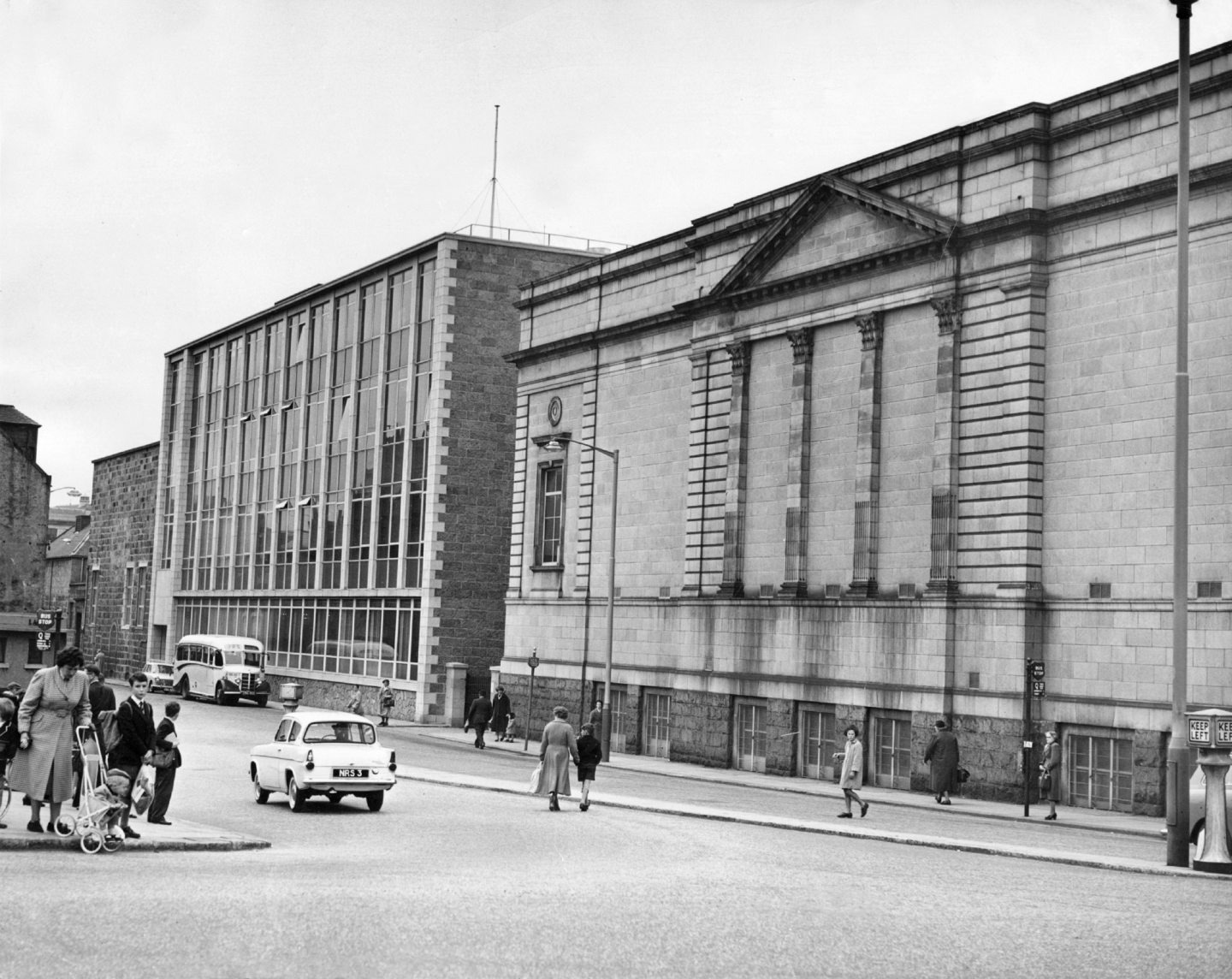
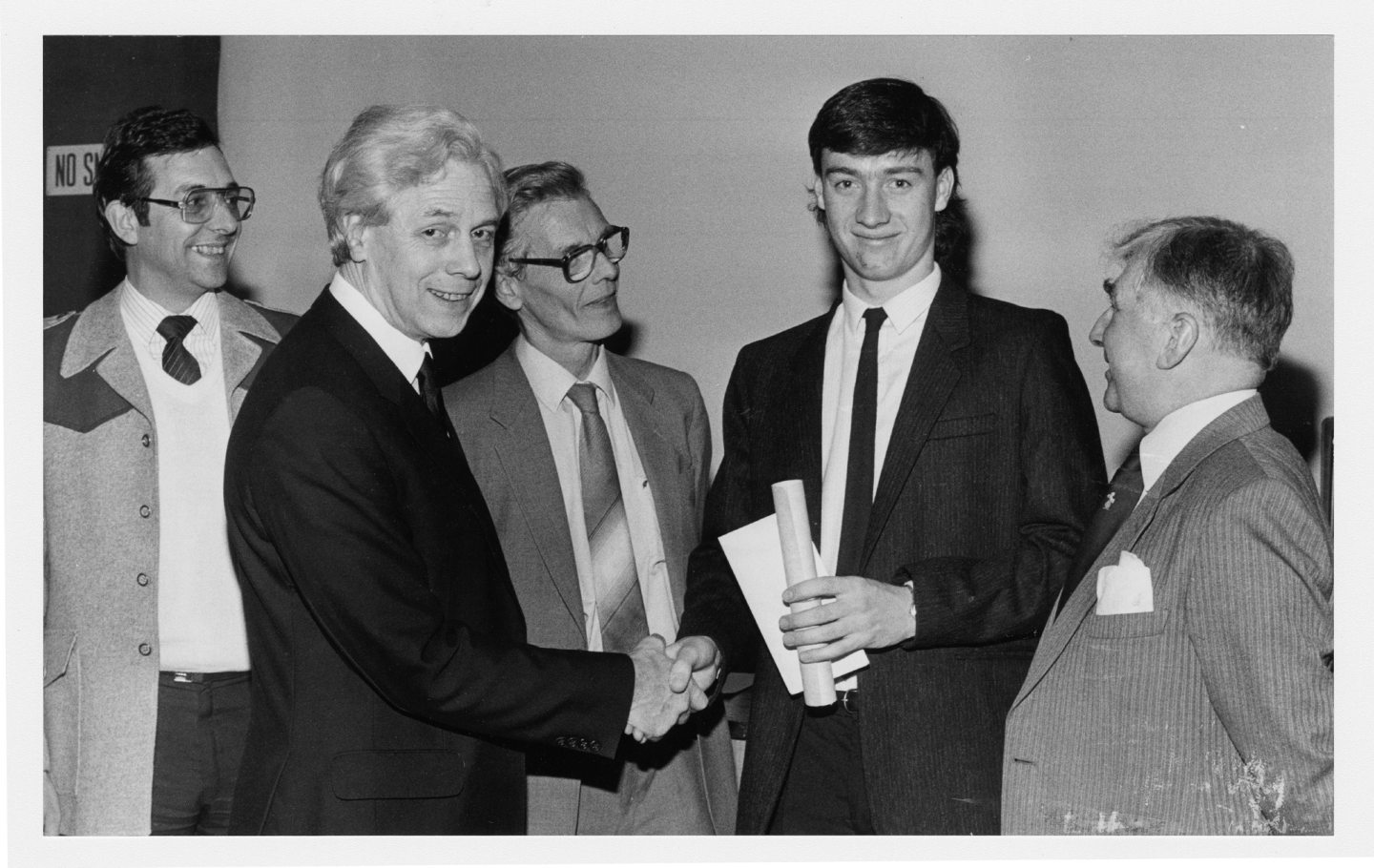
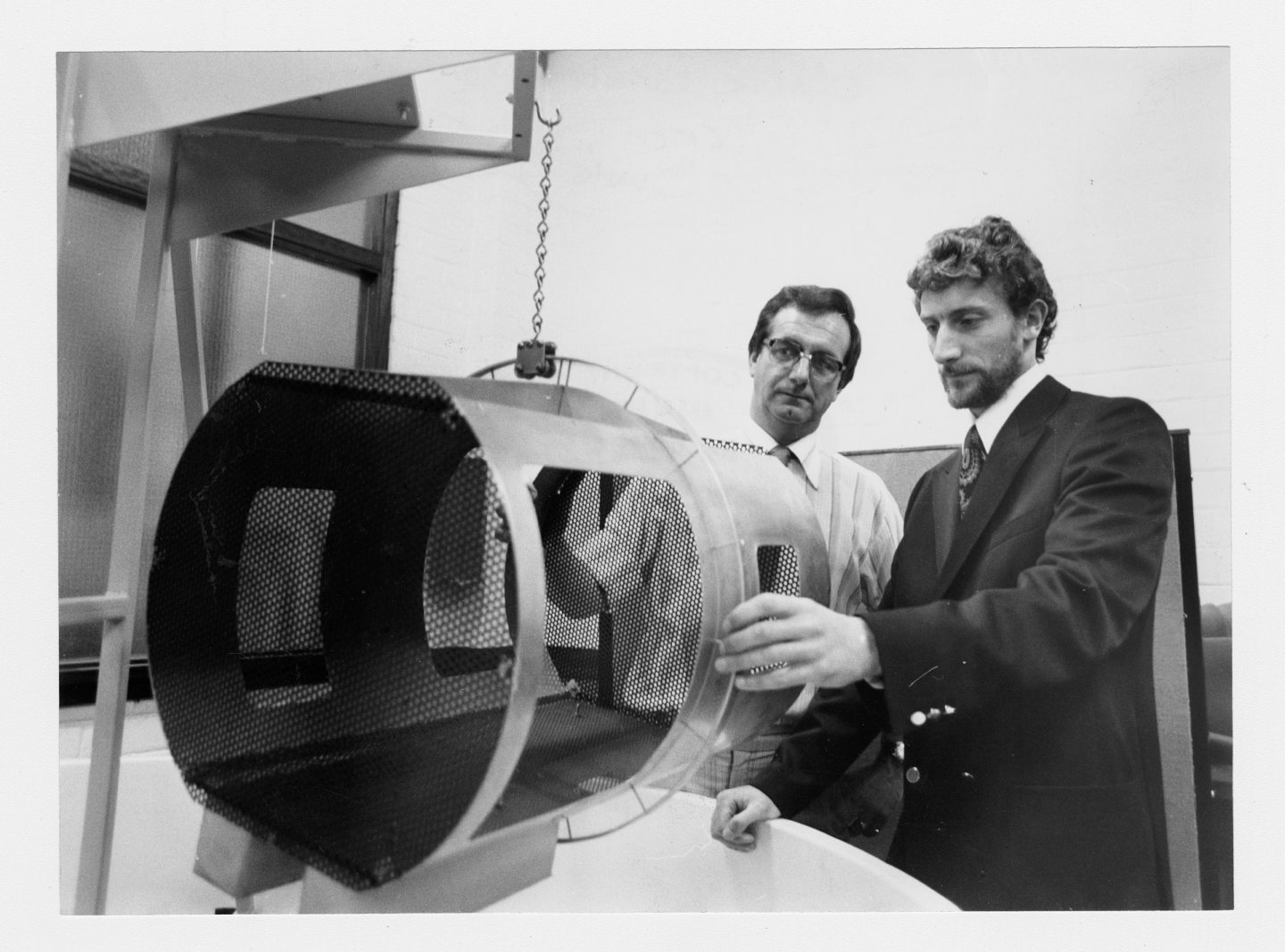
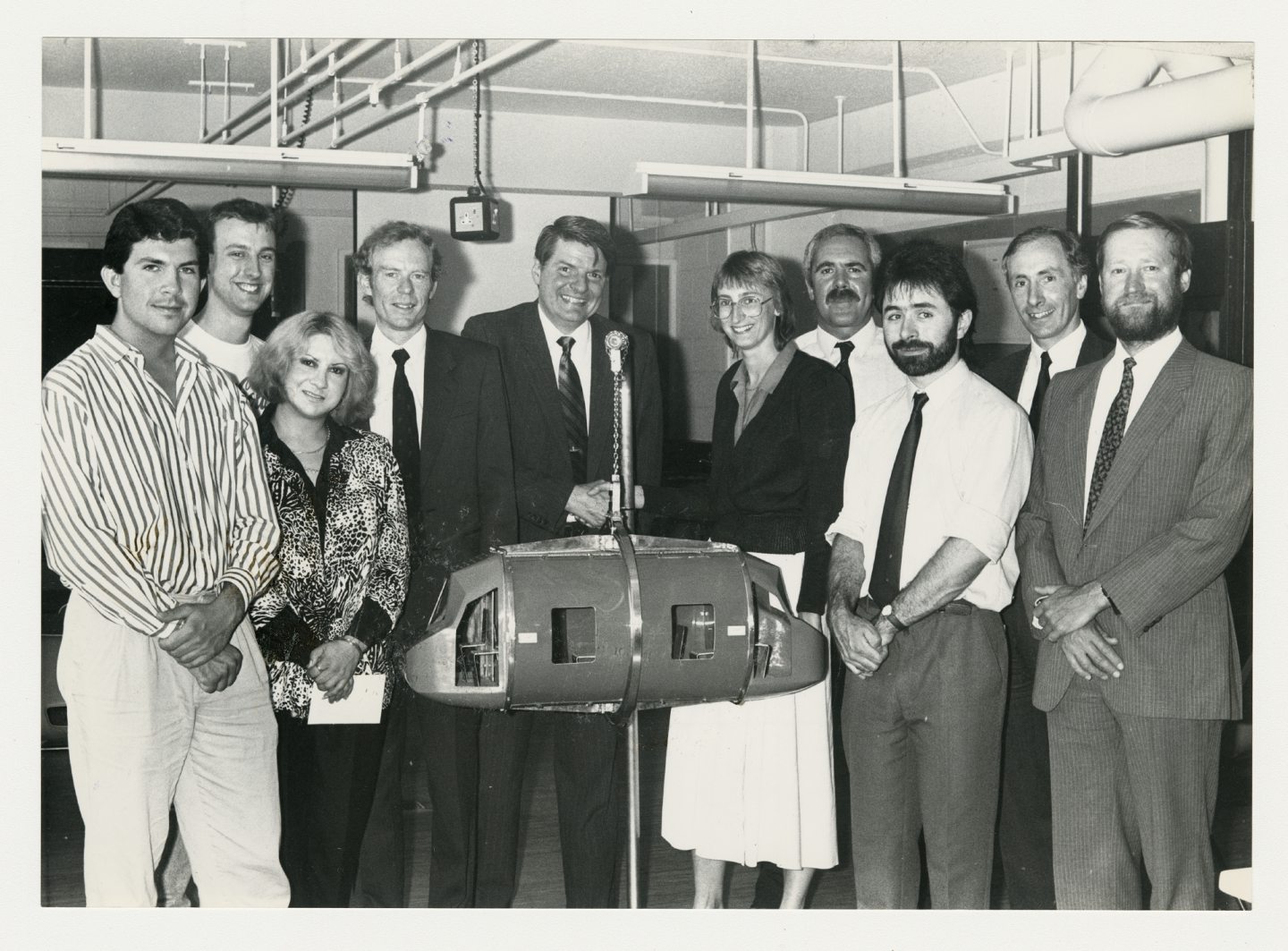
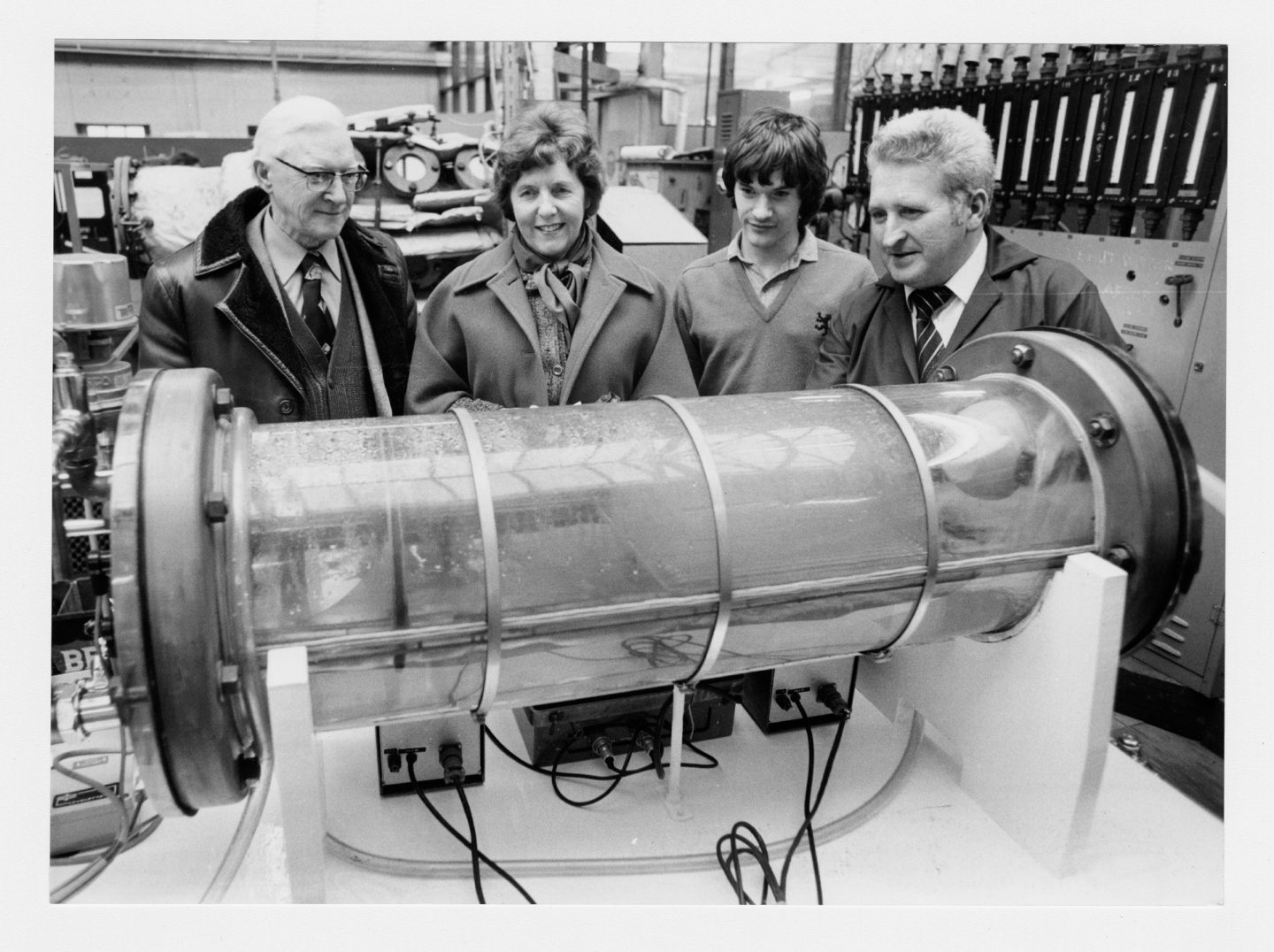

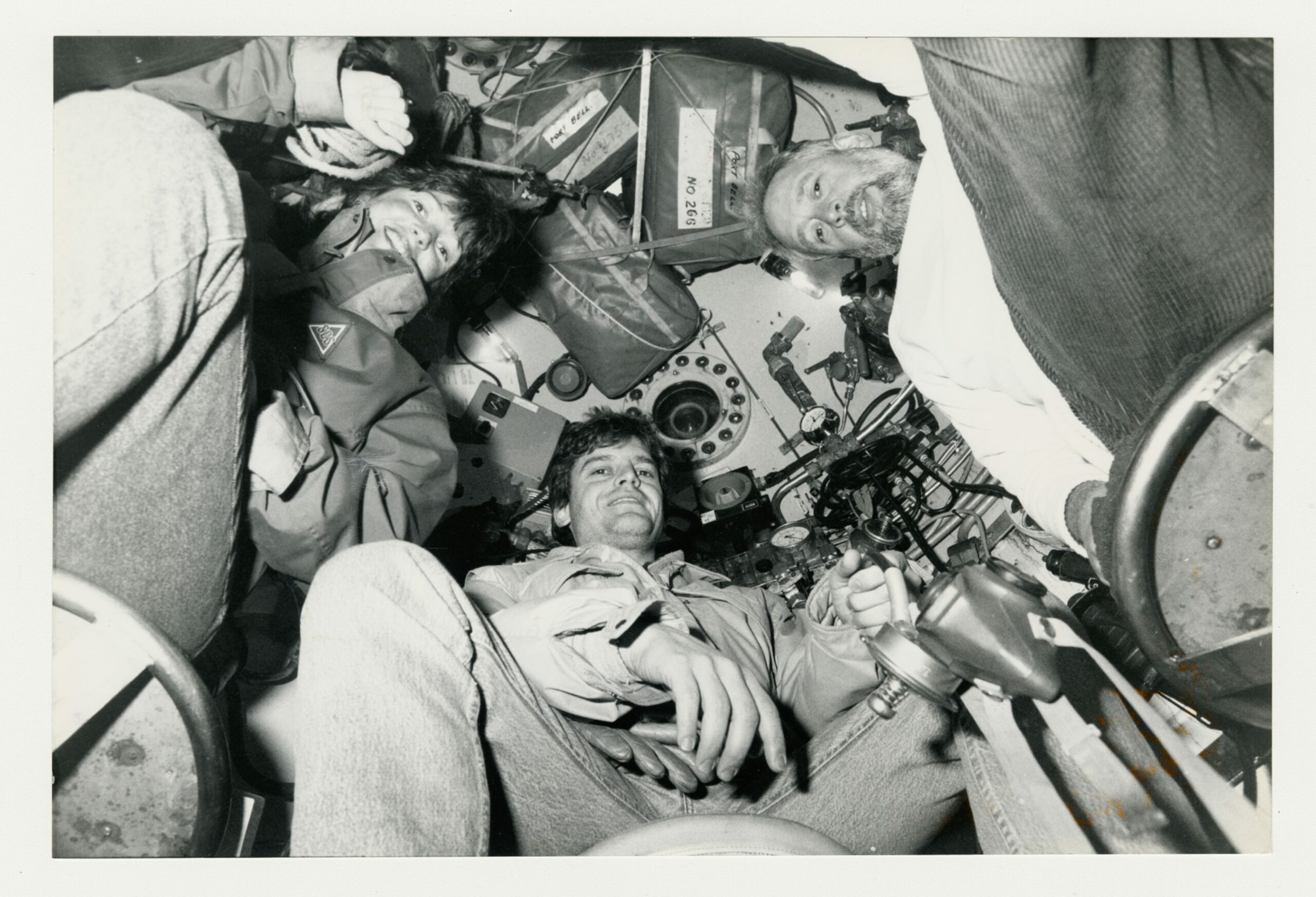
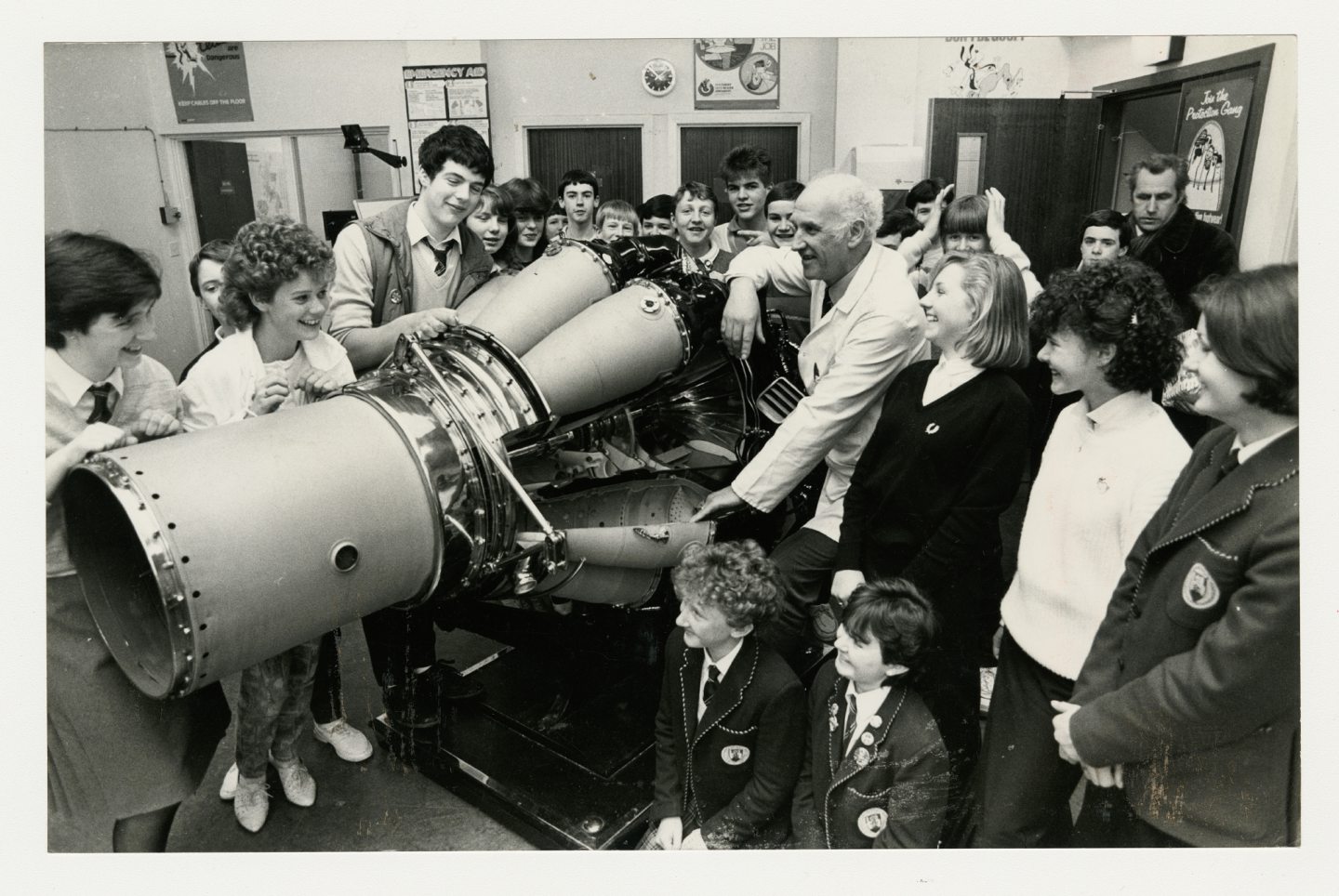
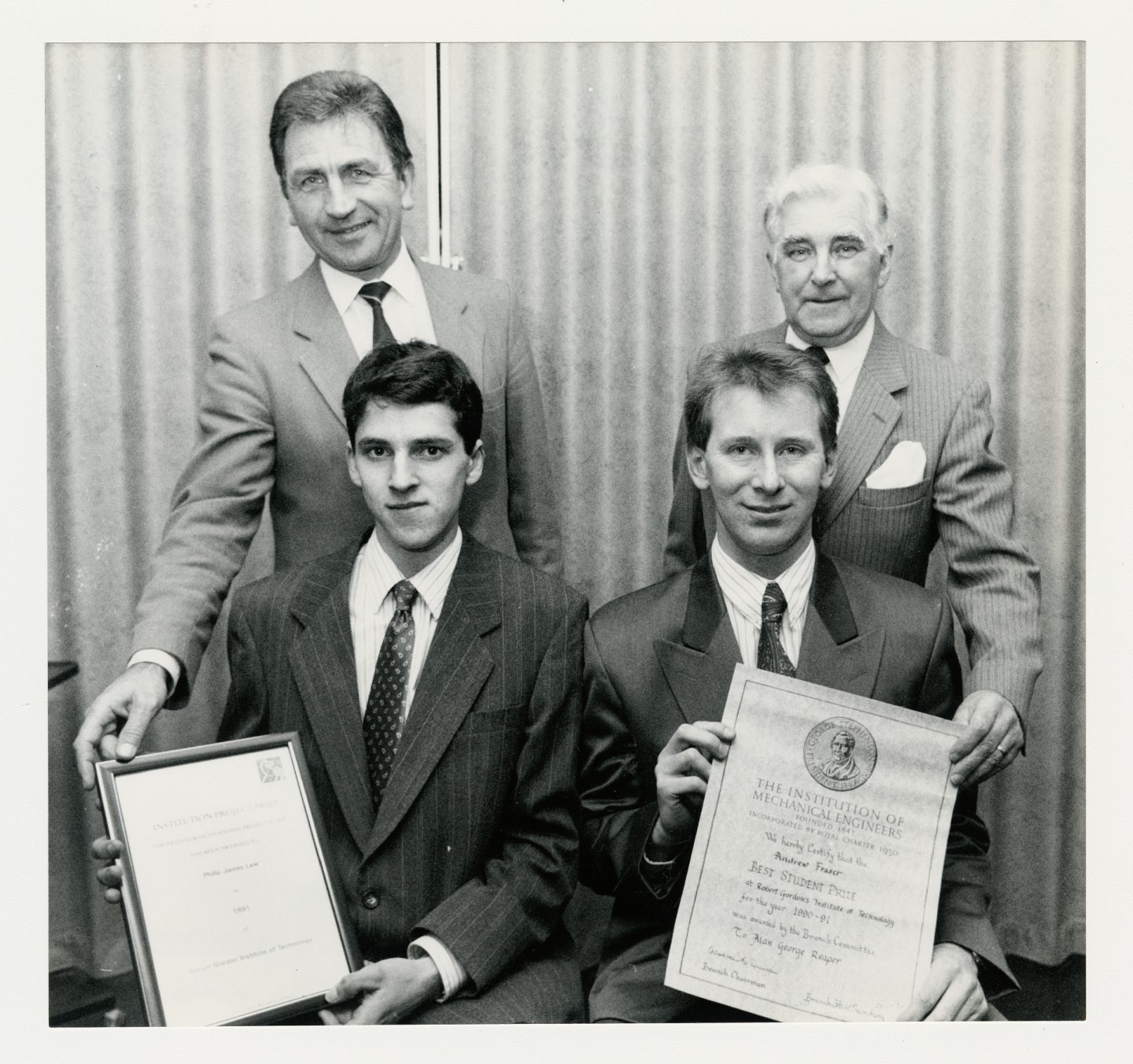

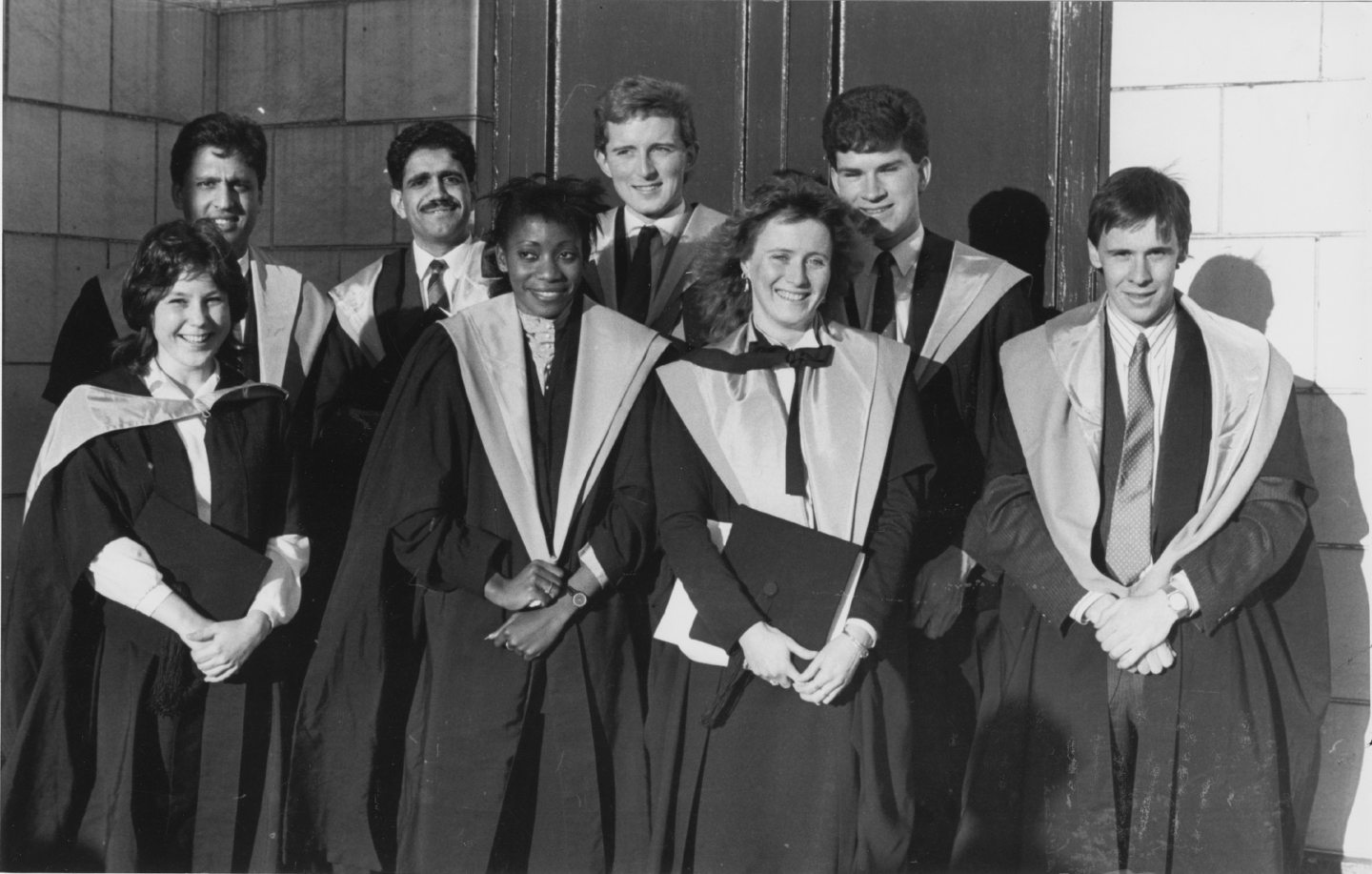
Conversation